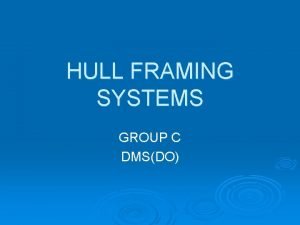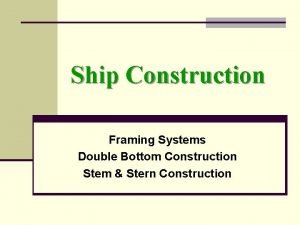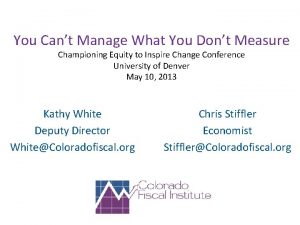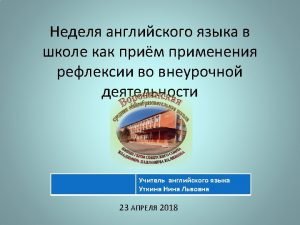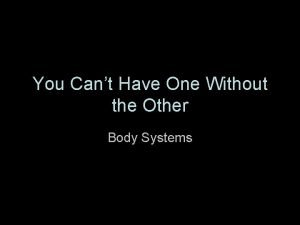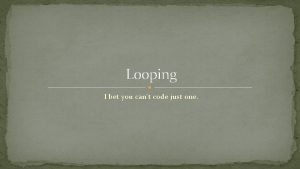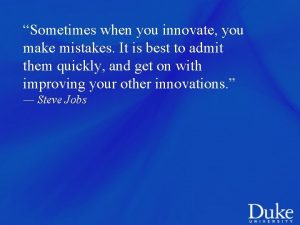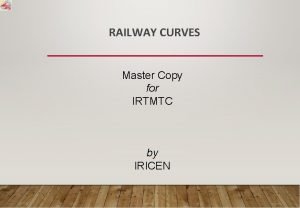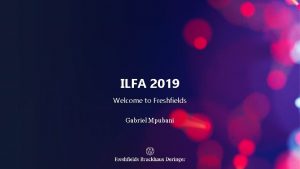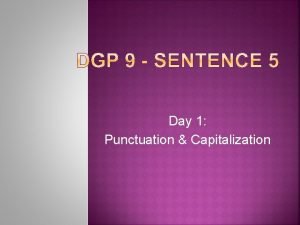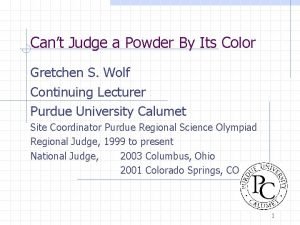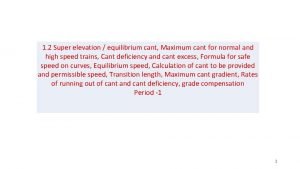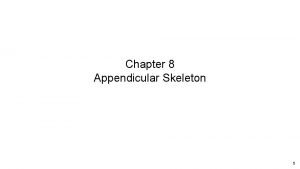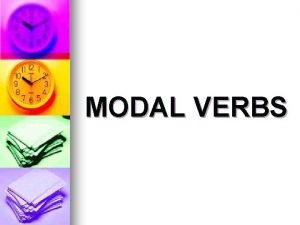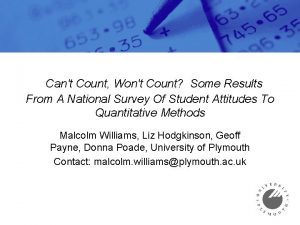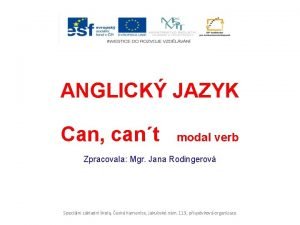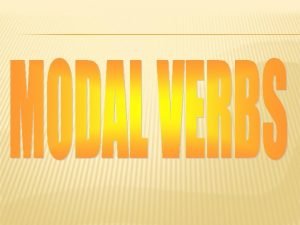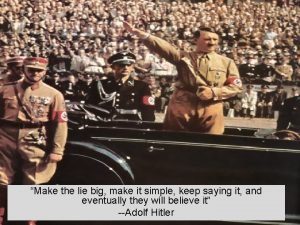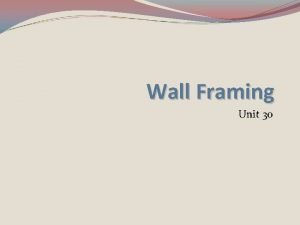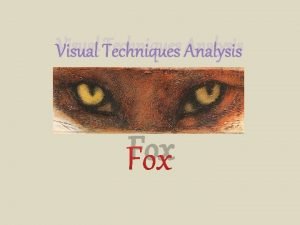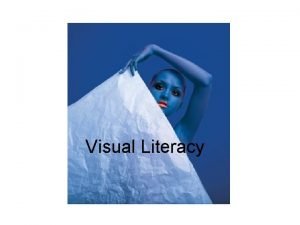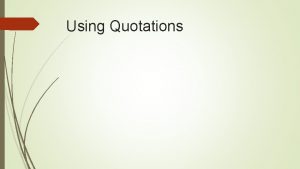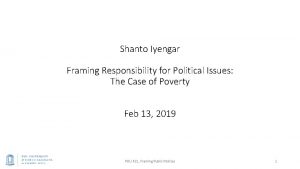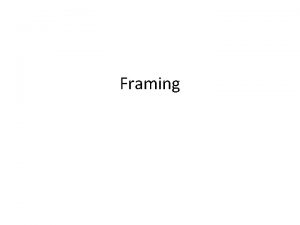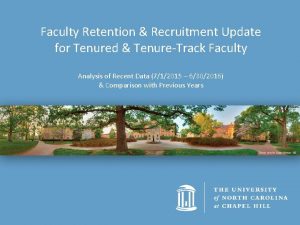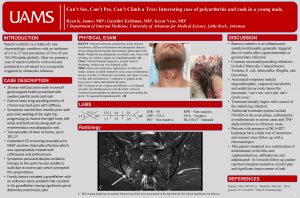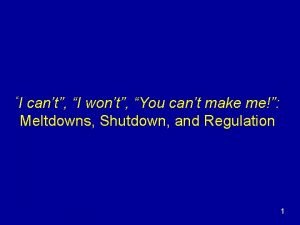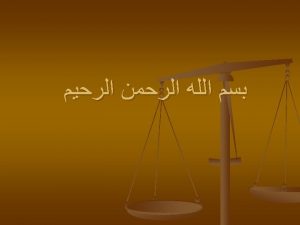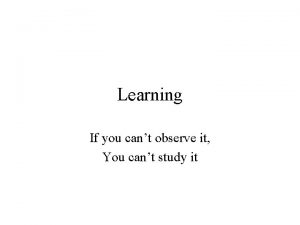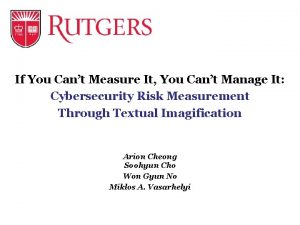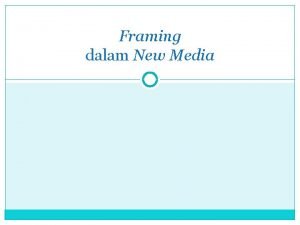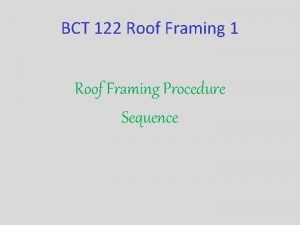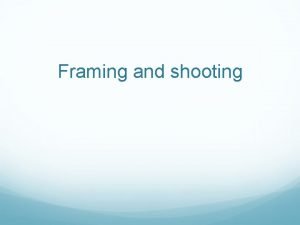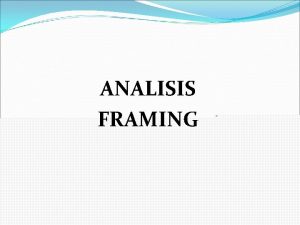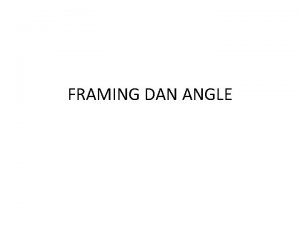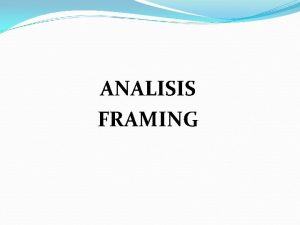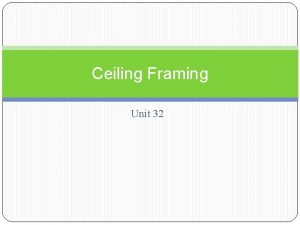You Cant Make Me Framing Tenured Faculty Evaluation













































- Slides: 45

You Can’t Make Me: Framing Tenured Faculty Evaluation for Professional Growth Jill Channing, Ph. D. Associate Dean Kankakee Community College 1

Unique Context of Higher Education • “Faculty members … don’t see themselves as employees who are subject to being ‘managed’ by administrators. … They view themselves as independent contractors, … preserving a great deal of autonomy over their research, the way they teach their courses, and their opinions about how the institution is being run. [This is the] reason so many academic administrators describe their job as ‘herding cats’” (Buller, 2015, p. 20). 2

What is the most important reason to evaluate faculty performance? • A. To encourage faculty development as educators • B. To encourage faculty development as scholars • C. To encourage engagement in college community life • D. To make recommendations regarding retention/tenure • E. To evaluate teaching effectiveness • Others reasons? (discuss) 3

The most positive result of engaging in performance reviews? • A. Strengthens relationships • D. Gives a supervisor the between a faculty member opportunity to help an employee develop his or her strengths and a supervisor • B. Allows a faculty member • E. Helps supervisors and employees see where there are to reflect on and showcase opportunities for improvement his or her best work and strategize ways to develop in • C. Gives a supervisors these areas opportunity to praise an • Others? (discuss) employee’s strengths 4

Worst result of performance reviews? • A. Hurt feelings due to difficulties managing constructive criticism • B. Lack of clear processes and communication regarding expectations by institutions and/or supervisors • C. Resistance to the review/evaluation process and lack of active and thoughtful participation • D. Conflicts (between the faculty member and supervisor) about the summative results of a review period • E. Others? 5

Two Conflicting Functions of Faculty Performance Evaluations • Revealing and disciplining and/or requesting remedy of insufficiencies or problem areas in performance • Collaborating with peers, supervisor, and students to develop performance goals, reflect on professional growth, and engage in intentional strategies to achieve improvement goals 6

Separate these functions? • Should discipline be separated from performance review? • Should this be framed as a periodic review of professional growth and development? • What would the “other process” look like that involves dealing with problematic performance? 7

Two Processes? • Develop two processes • One is focused on professional growth, specifically related to improving one’s teaching • The other is used only as administrative concerns arise (incompetence, insubordination, and gross unprofessionalism and/or incivility) 8

Dynamic Between Academic Administrators and Professors • This is a collegial relationship. • It is helpful if it is framed as such. • Academic administrator -professor relationship is not the same as the business model, employee/manager relationship. 9

Framing: Why should we evaluate? • To encourage faculty to be reflective practitioners focused on continuous growth and development related to their roles at the college 10

Framing: Why should we evaluate? • “Faculty members are the credibility of an institution and source of its intellectual capital” (Hardre & Kollmann, 2012, p. 724). 11

Why should we evaluate? • Should this be framed as “evaluation”? • How should it be framed to encourage growth and a positive perspective? 12

Framing Performance Review • Call it something else? – Ideas? • Develop the process(es) – Must have faculty support – Faculty must have had a hand in the development of processes and approve the processes 13

Framing: What should we evaluate? • “Vague or unclear specifications can cause confusion and anxiety” (Hardre & Kollmann, 2012, p. 735). • Faculty find goals they develop more meaningful than imposed goals (Hardre & Kollmann, 2012). 14

What should we evaluate? • Criteria for evaluation should be developed with faculty and be fairly and consistently applied in regards to all faculty members. 15

What should we evaluate? • The typical areas that are evaluated are research (professional development for teaching faculty); service; and teaching. 16

What should we use to evaluate? • Which of the following are the most important tools for evaluating faculty? A. Peer reviews B. Observations C. Administrative review D. Student Evaluations of Instruction • E. Portfolios • • 17

What should we use to evaluate? • Student Evaluations of Instruction • Portfolios • Written Reflections • Publications • Evidence of attendance and/or presentations at conferences • Engagement in significant professional development (professional readings) • Peer reviews • Observations • Administrative review 18

Variety of Methods for Evaluation • “When there is no great confidence in any one method of evaluating teaching, the use of multiple evaluators greatly increases credibility” (Chisholm, et al. , 2011, p. 39). 19

Student Evaluations of Instruction are used at my institution… A. They are used in promotion and dismissal procedures. B. They inform personnel decisions. C. They are a matter of routine. D. The college does not use them. E. They are used for development purposes only (to help instructors reflect and seek ways to improve their instruction). 20

Conflicts about Student Evaluation of Instruction • “There were more studies of student ratings than of all of the other data used to evaluate teaching combined. Generally, research has substantiated that student ratings tend to be statistically reliable, reasonably valid, and largely free from bias, perhaps more so than other data used for evaluation” (Cashin, 1995 as cited in Chisholm, et al. , 2011, p. 39). 21

Conflicts about Student Evaluation of Instruction “Evaluation by students and colleagues has severe limitations if evaluation is to serve the improvement of instruction. Student evaluation, as a general practice in education, should be carefully used & assessed with the possibility that it no longer serves the purposes it should serve” (Fincher, 1983, p. 6). 22

What is good teaching? 23

What is “good teaching”? : Conflicting Definitions and Emphases • Providing examples and clear explanations • Maintaining students’ interest • Providing detailed and meaningful feedback to students at regular intervals • Developing a good rapport with students • Using technology effectively to facilitate learning • Demonstrating a strong command of subject matter • Organizing class sessions effectively 24

What is “good teaching”? : Conflicting Definitions and Emphases • Using teaching aids well • Using a variety of teaching strategies during class sessions • Responding to students’ questions in an educative manner • Exhibiting sensitivity towards races, cultures, gender differences, and abilities • Providing active learning experiences for students • Managing disruptions in the classroom • Other Ideas? 25

Responsibilities Outside of Teaching: Which is the most important? • A. Ability to meet administrative deadlines • B. Significant participation in committee work • C. Significant work with students in extracurricular or co-curricular activities • D. Strong focus on professional development 26

Responsibilities Outside of Teaching: Which is the most important? • A. Collaborative and collegial spirit • B. Effective interpersonal skills with co-workers • C. High frequency of producing publications, presenting, and engaging in research • D. Overall engagement with work and campus life (sees him or herself as part of the college) 27

Portfolios and Self-Reflection • According to Seldin (1993), a teaching portfolio is "a factual description of a professor's teaching strengths and accomplishments. It includes documents and materials which collectively suggest the scope and quality of a professor's teaching performance" (p. 2). 28

Portfolio as a Tool for Reflection • Murry (1994) maintains that "the power of a portfolio is found in its ability to become a tool for an individual to reflect on the real task of education. ” 29

Advantage of a Portfolio • Dockery (1994) suggests that a teaching portfolio "provides a record of actual teaching activities that can be compared with an institution's and a department's own standards of teaching and excellence; it includes the very back-up evidence needed by persons making personnel decisions" (p. 4). 30

Disadvantage/Advantage of Portfolios • Could lead to the discovery of faculty members’ weaknesses, and, ultimately, to improvements in instruction (Sain & Williams, 2009, p. 57). • “Faculty members suggested faculty weaknesses could be camouflaged within the portfolio while administrators said weaknesses could be identified” (Sain &Williams, 2009, p. 57). 31

Who should do the evaluating? • A. Peers • B. Dean/Department Chair • C. Students • D. A panel of peers and administrator(s) • E. Other? 32

Who should do the evaluating? • “A tenet of every faculty evaluation effort should be that evaluation is an administrative responsibility. Those administratively responsible for the performance of faculty and staff should evaluate the performance of faculty and staff” (Fincher, 1983, p. 5). 33

Who should do the evaluating? • Challenges with peer reviews • Challenges with Student Evaluations of Instruction • Challenges with Administrative review and evaluation 34

How should evaluation be conducted? • Processes and methods should be followed as precisely as possible • Multiple methods used 35

How should the evaluation be conducted? • Is objectivity possible in faculty reviews? 36

How should the results be used? • Summative vs. formative review/evaluation • Ideally, “teacher evaluation can [and should] lead to improved performance, personal growth, and professional esteem” (Andrews &Erwin, 1999, p. 3). 37

What happens to faculty members with obvious defects in teaching performance? • A. Nothing • B. The dean/department chair crafts an improvement plan with the faculty member. • C. Disciplinary action is enacted such as “written reprimands. ” • D. Peers work with the faculty member to improve. • E. None of these. 38

What happens to faculty members with obvious defects in teaching performance? - Poor instructors would eventually be weeded out by annual cycles of promotion, tenure, and salary increases - “Self-elimination of the incompetent” - Job scarcity issues (Alpert, 1985). 39

What happens to faculty members with obvious defects in teaching performance? • Many may remain for • “Inadequate years, in a department performance is a that fits poorly, perform function of inexperience minimally or refit their and will eventually be work to the valued corrected with norms only because professional maturity” there are rewards (Fincher, 1983, p. 6). (Gappa, et al. , 2007; Hardre & Kollmann, 2012, p. 743). 40

What happens to faculty members with obvious defects in teaching or other job function performance? • Ethical obligations to provide faculty members with deficient performance assistance (Fincher, 1983, p. 7). 41

Conclusions • Think through how evaluations and reviews – Are framed – Are focused on formative and/or summative assessments • Give formative feedback prior to summative – Provide opportunities for professional development – Are developed (collaboratively with faculty) – Are clear, fair processes, using multiple methods – Are legally defensible – Secondary processes for remediation may be enacted as necessary 42

Questions, Comments, and the Opportunity to Fill Out Surveys • Questions? • Comments? • Please provide your email so I can send you a survey! • https: //www. surveymonkey. com/r/WFLQ 82 N 43

References • Alpert, D. (1985) Performance and paralysis: The organizational context of the American research university. Journal of Higher Education 56: 241– 281. • Andrews, H. A. , & Erwin, J. (1999). Excellence in faculty evaluation includes faculty buy-in! American Association of Community Colleges Conference Paper, 1 -9. • Buller, J. L. (2015). Change leadership in higher education. San Francisco: Jossey-Bass. • Cashin, W. E. (1995). Student ratings of teaching: The research revisited. Idea Paper No. 32. Center for Faculty Evaluation and Development. • Chisholm, M. , Hayes, E. J. , La. Brecque, S. & Smith, D. (2011). The role of faculty evaluation in transformative change. The Journal of Faculty Development 25(1): 36 -42. • Dockery, M. , et al. (1994, February). Performance review aerobics: Exercises which systemize the process. (ERIC Document Reproduction Service No. ED 368 443). 44

References • Fincher, C. (1983). The purpose and functions of faculty evaluation. IHE Newletter: 1 -8. • Gappa J. M. , Austin, A. E, & Trice, A. G. (2007). Rethinking faculty work: Higher Education’s strategic imperative. San Francisco, CA: Jossey-Bass. • Hardre´, P. L. , & Kollman, S. L. (2012). Motivational implications of faculty performance standards. Educational Management Administration & Leadership 40(6): 724 -751. • Murry, J. P. (1994). Why teaching portfolios? Community College Review, 22(1): 33 -43. • Sain, B. & Williams, M. R. (2009). An examination of the use of portfolios for faculty evaluation at community colleges. Journal of Applied Research in the Community College 17(1): 56 -59. • Seldin, P & Associates. (1993). Successful use of teaching portfolios. Bolton, MA: Anker Publishing. 45
 If you can’t measure it, you can’t improve it
If you can’t measure it, you can’t improve it You can t manage what you don t measure
You can t manage what you don t measure Longitudinal frame in ship
Longitudinal frame in ship Floor framing materials
Floor framing materials Longitudinal framing system
Longitudinal framing system If you can’t measure it, you can’t manage it
If you can’t measure it, you can’t manage it You cant manage what you dont measure
You cant manage what you dont measure If you can t beat them join them
If you can t beat them join them You can't have one without the other examples
You can't have one without the other examples I bet you cant
I bet you cant Close your eyes imagine that you are the protagonist
Close your eyes imagine that you are the protagonist The triangle shirtwaist factory fire commonlit answer key
The triangle shirtwaist factory fire commonlit answer key Sometimes mistakes ... (make)
Sometimes mistakes ... (make) Speed on curves iricen
Speed on curves iricen O doamne mare cand privesc eu lumea
O doamne mare cand privesc eu lumea Freshfields stronger together
Freshfields stronger together Jeb likes cars but he can't drive yet
Jeb likes cars but he can't drive yet Cant judge a powder
Cant judge a powder The provision of equilibrium cant be seen in case of
The provision of equilibrium cant be seen in case of Shy lovers try positions they cant handle
Shy lovers try positions they cant handle Cant turn off
Cant turn off Rail cant
Rail cant Cant stop the feeling go noodle
Cant stop the feeling go noodle Cant cove base
Cant cove base Roof coping
Roof coping From can to cant
From can to cant I cant count
I cant count Modal auxiliary verb
Modal auxiliary verb Why cant we see atoms
Why cant we see atoms Why we cant see air
Why we cant see air Eric ribbens
Eric ribbens I can could speak english
I can could speak english Make the lie big, make it simple
Make the lie big, make it simple Go make a difference
Go make a difference Make the lie big, make it simple
Make the lie big, make it simple You say you love rain
You say you love rain Good health is a choice agree or disagree
Good health is a choice agree or disagree If you think you can you can poem
If you think you can you can poem Tell me what you eat and i shall tell you what you are
Tell me what you eat and i shall tell you what you are I will follow you follow you wherever
I will follow you follow you wherever Pltw wood frame systems
Pltw wood frame systems Wall frame members
Wall frame members Visual techniques
Visual techniques Framing visual literacy
Framing visual literacy Framing quotations example
Framing quotations example Iyengar framing
Iyengar framing


